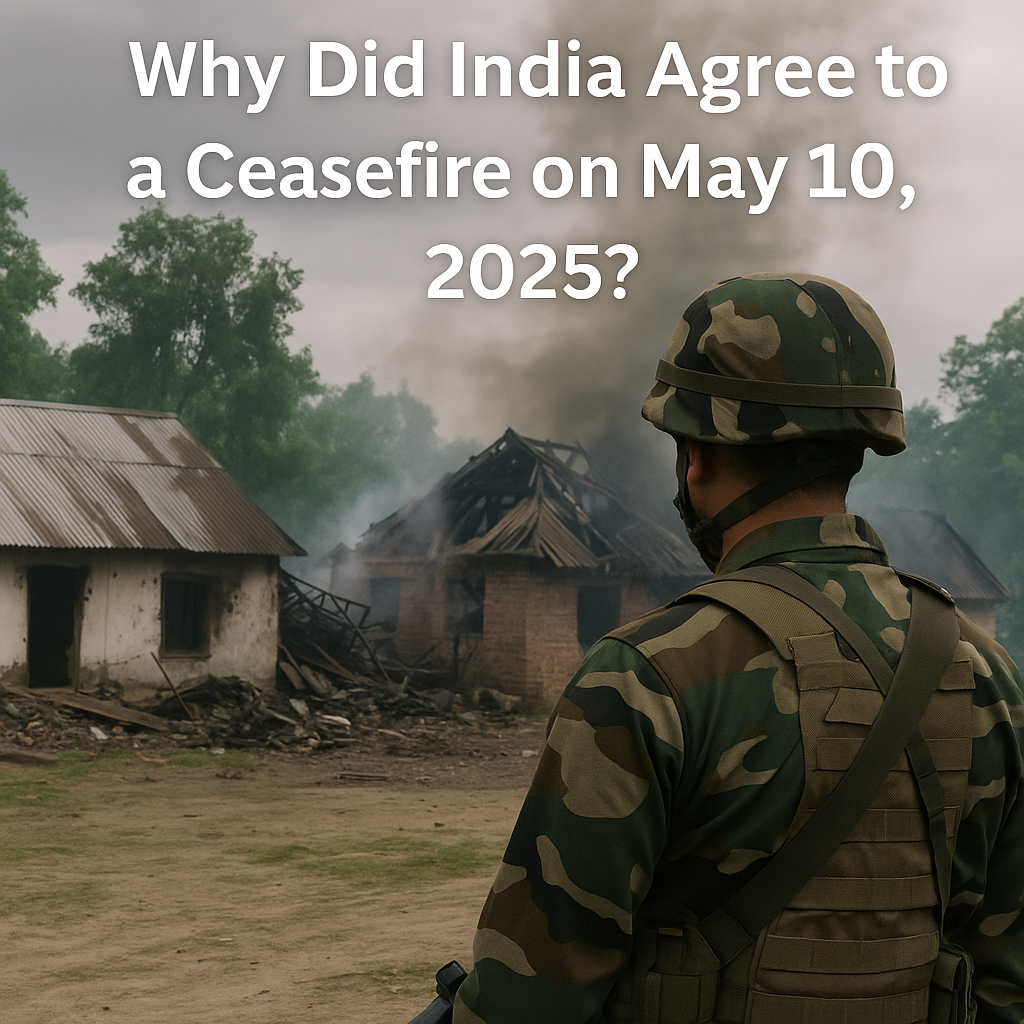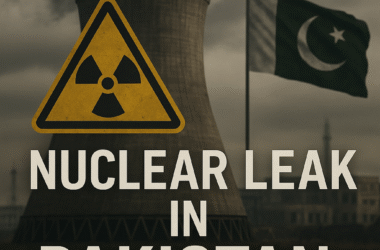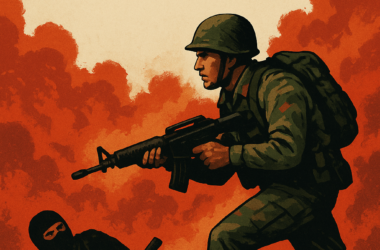On May 10, 2025, India and Pakistan agreed to a ceasefire after a period of escalating military tension. This marked a significant turning point in a conflict that had drawn global attention due to its intensity and possible repercussions. India’s decision to opt for a ceasefire was neither sudden nor reactive. It was based on carefully calculated assessments that took into account its military achievements, humanitarian obligations, regional stability, and diplomatic relationships. Indian armed forces had already demonstrated decisive strength, conducting successful strikes on Pakistani airbases and neutralizing key threats.
However, the potential for prolonged instability, loss of civilian lives, and economic disruptions weighed heavily in policy circles. The ceasefire came as a strategically timed decision to consolidate gains and pivot towards peace and dialogue. This article discusses the logical and positive reasons for India agreeing to a ceasefire, while recognizing the impact of its actions and the foresight shown by the Indian government.
1. Strategic Military Achievements and Tactical Superiority
India launched a limited but highly effective series of air and precision strikes between May 8 and 10. These strikes focused on disabling Pakistan’s forward military installations and airbases. Among the 11 targets, Nur Khan, Sargodha, and Skardu airbases were significantly damaged. Satellite imagery and independent defense analysts confirmed major infrastructure losses on the Pakistani side. These pre-emptive strikes rendered a large part of Pakistan’s offensive airpower non-operational.
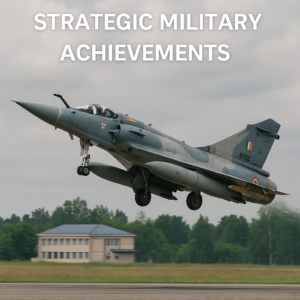
The Indian Air Force’s use of state-of-the-art weaponry and targeting systems reduced the need for prolonged engagement. The Indian Army remained on high alert but did not proceed into hostile territory. This ensured India maintained the moral high ground. By halting further aggression, India communicated that the operation’s goal was not territorial gain but strategic deterrence. Having achieved key military objectives, the leadership saw no added advantage in extending the conflict. The ceasefire allowed India to cement its position as a technologically advanced and restrained military power.
2. Humanitarian Responsibility and Civilian Safety
Despite the targeted nature of military operations, border regions experienced panic, displacement, and collateral damage. Several villages along the Line of Control (LoC) in Jammu and Kashmir saw evacuations. Schools were shut, public transportation stopped, and hospitals prepared for emergency services. A continuation of military conflict would have worsened the humanitarian crisis.
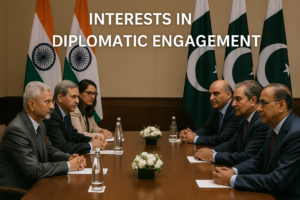
The Indian government prioritized citizen safety, both within its borders and in contested zones. A ceasefire would allow displaced families to return and restore normal life. Relief operations could only resume safely after ceasefire agreements held ground. Humanitarian corridors, supported by the Indian Red Cross and National Disaster Response Force (NDRF), were established within hours of the announcement.
India’s emphasis on minimizing civilian suffering stood in contrast to Pakistan’s disorganized and delayed relief efforts. This humanitarian focus also appealed to the international community, which praised India’s maturity in balancing force with compassion.
3. International Diplomacy and Global Perception
India’s measured approach drew attention from global powers. The United States, France, Russia, and the United Nations called for de-escalation. U.S. Secretary of State held back-channel talks with both countries. Though India maintained that it did not require mediation, it welcomed global support for peace. Foreign envoys appreciated India’s communication clarity and defensive stance.
Prime Minister Narendra Modi held high-level consultations with key allies in the G20 and BRICS. India’s reputation as a peace-loving yet strong democracy was reinforced. International media compared India’s diplomatic maturity favorably against Pakistan’s erratic statements and lack of transparency.
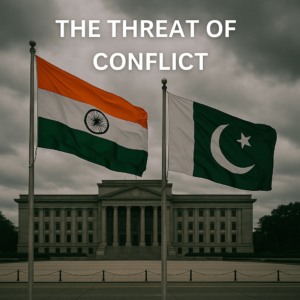
The ceasefire also protected India’s growing trade interests and international investments. With India leading several global tech and infrastructure partnerships, prolonged war could have jeopardized economic progress. Through timely diplomacy, India secured international goodwill while defending national interests.
4. Regional Stability and Long-Term Strategic Vision
India views regional peace as essential to achieving long-term goals like economic expansion, infrastructure growth, and social harmony. Prolonged conflict in South Asia threatens energy supply chains, investor confidence, and strategic partnerships. The May 10 ceasefire decision helped safeguard these interests.
India’s leadership showed that strength is not measured by destruction but by the ability to choose peace when victory is evident. Pakistan, on the other hand, faced internal unrest due to military setbacks and economic turmoil. India avoided the trap of overextending conflict and instead chose a high road.
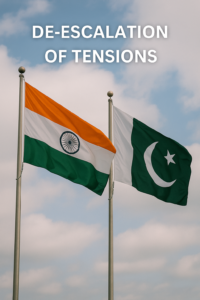
Moreover, Indian states bordering Pakistan, especially Punjab, Jammu & Kashmir, and Rajasthan, needed administrative stability. Ensuring safety in these regions was only possible through peace. India’s vision of becoming a global economic power relies heavily on regional calm and cross-border cooperation. The ceasefire aligned with that larger roadmap.
Conclusion: Diplomatic Brilliance and Responsible Governance
The ceasefire on May 10, 2025, was not a retreat but a wise, responsible, and forward-looking move. It displayed India’s ability to blend power with principle. The Indian Armed Forces showed excellence in planning and execution, leaving no ambiguity about the nation’s military strength. Diplomacy then took over to ensure the gains were protected.
The Indian government deserves recognition for its mature and calculated decision-making. By stopping further escalation, it not only protected its people but also safeguarded regional peace. The ceasefire marks a diplomatic success and sets a precedent for future crisis handling. India has once again proved it is a responsible global power that acts with restraint, confidence, and vision.
Utpal Khot
Copyright © Utpal K
1. If you share this post, please give due credit to the author Utpal Khot
2. Please DO NOT PLAGIARIZE. Please DO NOT Cut/Copy/Paste this post.
© Utpal K., all rights reserved.
Copyright Notice: No part of this Blog may be reproduced or utilized in any form or by any means, electronic or mechanical including photocopying or by any information storage and retrieval system, without permission in writing from the Blog Author Utpal Khot who holds the copyright.
